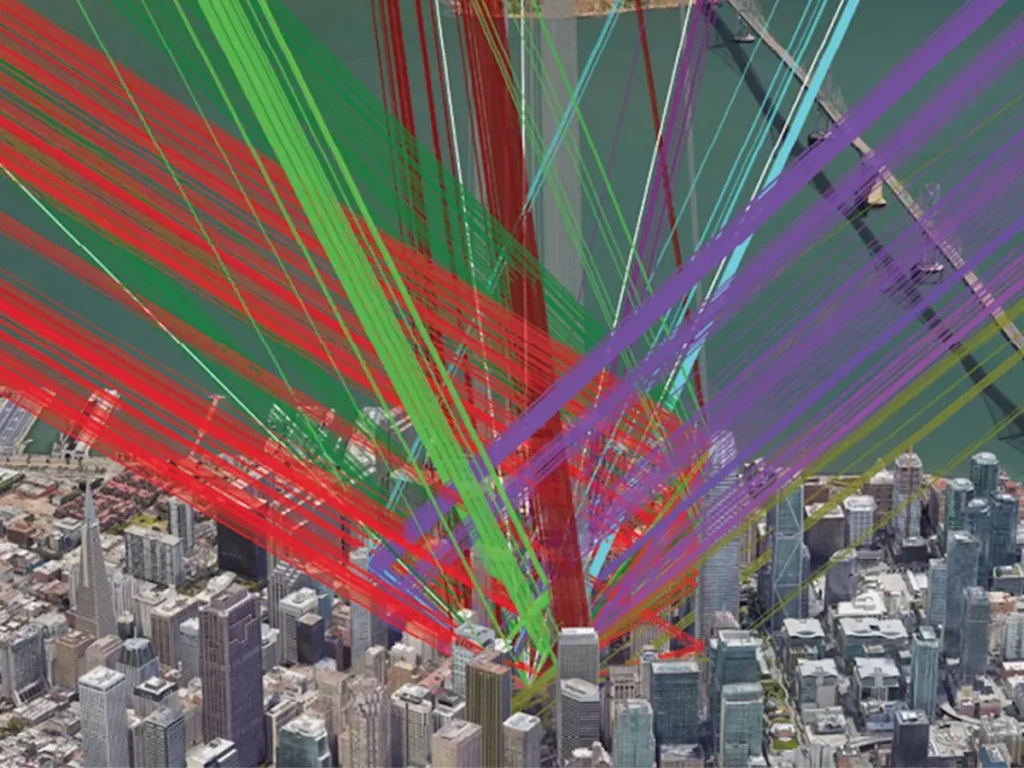Multipath rejection refers to a receiver or antenna system’s ability to reduce errors caused by reflected GNSS signals. When a GNSS signal travels directly from a satellite to a receiver, it provides accurate positioning data. However, nearby surfaces—such as buildings, water bodies, or metal structures—can reflect the signal, causing it to arrive at the receiver slightly later than the direct signal.
This delay leads to positioning errors, especially in environments where signal reflections are common. To combat this, engineers design systems with multipath rejection techniques that actively minimize the impact of these reflected signals.
Different methods to achieve multipath rejection
To achieve multipath rejection, GNSS receivers and antennas use several methods. High-quality geodetic antennas, for example, incorporate ground planes and choke rings that block low-angle signals—where reflections are most likely to occur. Moreover, modern GNSS receivers use signal processing algorithms that detect and ignore delayed signals based on their timing and angle of arrival.
The innovative method for multipath rejection involves a multicorrelator-based GNSS receiver with an extended Kalman Filter (EKF) that acts as an iterative solver, replacing the typical delay locked loop (DLL) code tracking system. This technique lowers positioning errors significantly and retains low complexity, facilitating its use in real-time processing settings.
These systems also benefit from using multi-frequency signals (L1, L2, L5), as comparing multiple signals helps differentiate between direct and reflected paths.
Examples of effective methods
As a result, systems with effective multipath rejection deliver more accurate and stable positioning. This is especially valuable in urban environments where tall buildings and other reflective surfaces create complex signal conditions. For instance, a surveyor working near a glass skyscraper benefits from an antenna that rejects reflected signals, maintaining centimeter-level accuracy even in difficult surroundings.
In precision agriculture, GNSS-guided tractors use multipath rejection to follow exact paths near trees, silos, and irrigation systems.
In addition, marine navigation also relies on multipath-resistant systems. Vessels passing under bridges or near metallic structures may experience disrupted positioning due to reflected signals from nearby surfaces. However, with strong multipath rejection, the onboard navigation system continues to function reliably.
Overall, multipath rejection enhances GNSS reliability and accuracy in real-world, challenging environments. It minimizes signal reflections to support high-precision land surveying, UAV flight, navigation, construction mapping, and seismic monitoring.
As GNSS use grows, systems must actively reject multipath interference to ensure consistent and reliable positioning.
